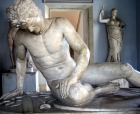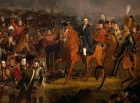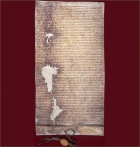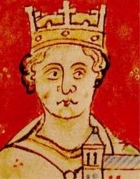Cunning Plans
Cunning Plans are one of the regular features in Teaching History. While they all follow the same basic principles, offering a step by step series of instructions for tackling a particular issue, the purpose and scale of each plan varies considerably. They range from detailed suggestions for teaching specific topics or responding to particular challenges, through outline schemes of work for a particular enquiry, to overarching frameworks that map progression in relation to particular concepts or themes. The vast majority are written by classroom teachers, eager to share their successful ideas in an accessible format. Each one sets out the issue or problem that the plan is intended to address and provides a series of instructions – a kind of recipe – for achieving the core objective(s).
-

Cunning Plan 134: local history at KS3
ArticleClick to view -

Cunning Plan 135: challenging generalisations
ArticleClick to view -

Cunning Plan 137: making homework more exciting
ArticleClick to view -

Cunning Plan 139: Victorian debates about progress
ArticleClick to view -

Cunning Plan 140: bringing history to life
ArticleClick to view -

Cunning Plan 142: Why do historical interpretations change over time?
ArticleClick to view -

Cunning Plan 143: enquiries about the British empire
ArticleClick to view -

Cunning Plan 144: promoting independent student enquiry
ArticleClick to view -

Cunning Plan 147: Getting students to use classical texts
ArticleClick to view -

Cunning Plan 149.1: a Year 7 lesson on Gladiators
ArticleClick to view -

Cunning Plan 149.2: Exploring the Migration experience
ArticleClick to view -

Cunning Plan 151: When and for whom has 1688 been 'Glorious'?
ArticleClick to view -

Cunning Plan 152.1: visual sources
ArticleClick to view -

Cunning Plan 152.2: using Gillray’s cartoons with Year 8
ArticleClick to view -

Cunning Plan 154: Who is buried in the box?
ArticleClick to view -

Cunning Plan 155: interpreting WW1 events
ArticleClick to view -

Cunning Plan 158: teaching about the history of the UK Parliament
ArticleClick to view -

Cunning Plan 159: Putting the people into Magna Carta
ArticleClick to view -

Cunning Plan 159: Was King John unlucky with his Barons?
ArticleClick to view -

Cunning Plan 161: Magna Carta's legacy
ArticleClick to view

